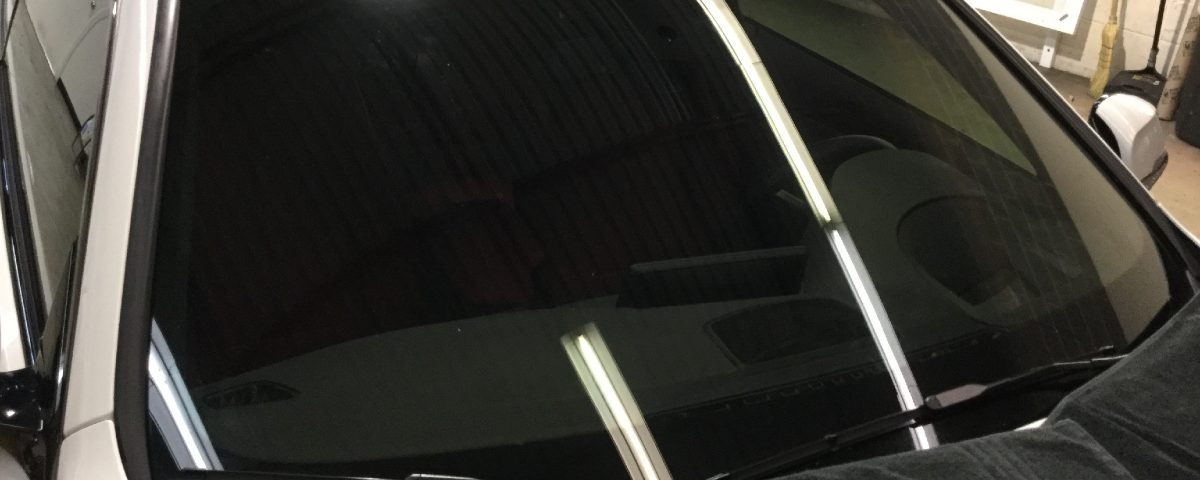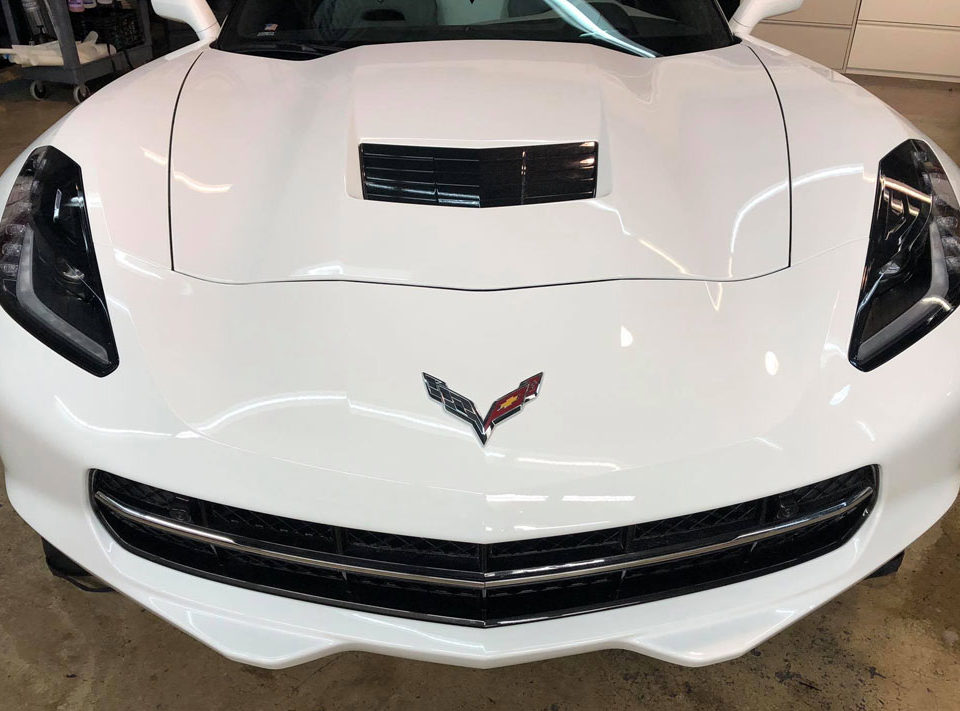- Specializing in Automotive Tint Mon-Fri 9am-5pm | Sat 10am-3pm
- (703) 440-0084
- paul@skylinetint.com

Tricks to Remove Minor Scratches From Your Car
June 10, 2023
How to Maintain Your Car Window Tint
July 5, 2023Your car window tinting will fade, bubble, and peel over time. When this happens, you must replace the tint as quickly as possible. This not only helps to keep your car looking good, but it also serves to shield you and your passengers from the sun’s damaging rays.
How do you know that your tint is ready for replacement? Here are a few things you should look out for:
The tint is turning purple.
Window tint shields your vehicle’s interior from the sun’s damaging UV rays. However, the tint will fade and lose its potency with time. You may also note that the tint is turning purple, which indicates that the dyes in the tint have degraded as they have outlived their usefulness. You should consider replacing your tint if it’s starting to fade or turn purple.
Burbles are forming in the tint.
When air bubbles or bulges appear on your window film, it is one of the simplest signals you need to remove and replace your old window tint.
Bubbles form if the tint is not applied smoothly or if trapped air or moisture is present. These bubbles can distort your window film and potentially reduce its effectiveness.
If the bubbles are small and just in a few places, you can gently puncture and smooth them out with a small pin or needle while taking care not to scrape the tint or harm the window.
On the other hand, if the bubbles are widespread or severe, you have no way out other than to restore the tint professionally.
Low-quality or low-cost tint films deteriorate more quickly, resulting in bubbles and other issues. In such circumstances, replacing the tint film with a higher-quality product is the best remedy. For ideas on dependable and long-lasting tint films, speak with a professional tint installation.
Sometimes you will have your car professionally tinted and use the highest quality tinting material, but the environmental factors aren’t on your side.
Excessive heat, direct sunlight, or high humidity can all contribute to the creation of bubbles in window tint over time. If the bubbles result from environmental causes, the only long-term option is to replace the tint.
When replacing the tint, consider a brand that provides UV protection and is renowned for surviving harsh environmental conditions.
Tint looks faded
If the tint on your car windows appears faded, this is most likely due to the effects of time, sunshine, and exposure to numerous environmental factors.
Window tints can fade and lose their original color and brilliance over time. This can come about due to a variety of reasons.
The first one is long-term exposure to sunlight. The sun’s ultraviolet (UV) radiation can degrade the dyes or pigments in the tint, resulting in a faded appearance.
If possible, park in shaded places or use a parasol to shield the windows from direct sunshine to avoid additional fading.
Window tints, particularly those manufactured of lower-quality materials, may fade faster with age and usage. If your tint has been in place for an extended period of time, it may be time to change it.
Consider using a high-quality tint film that is meant to resist fading and keep its color for longer periods of time.
Harsh chemicals, abrasive materials, and poor cleaning practices can all lead to window tint fading.
To avoid damaging the tint on your automobile windows, use moderate, ammonia-free detergents and gentle microfiber towels when washing them.
Cleaning and maintaining your tinted windows regularly also helps reduce the fading process.
Lower-quality tint films fade faster than higher-quality tint films. If you put a lower-quality tint initially, consider upgrading to a higher-quality film that provides increased UV protection and longevity.
Consult a professional installer to determine the best tint film for your needs and budget.
There are extensive scratches on the tint.
If your car’s window tint has scratches or other forms of damage, it may not be as effective as it previously was. Scratches can also cause weak spots in the tint, leaving it prone to tearing or peeling.
Scratches on window tint can be caused by using abrasive cleaning tools such as steel wool or rough sponges. Use gentle cleaning chemicals and soft cloths or towels when washing tinted windows.
If sharp things, such as keys, jewelry, or other metal items, come into contact with the surface, they can scratch or damage the window tint.
Also, if the window tint is not properly installed, it may be more prone to scratches or damage as a result of an uneven surface or other concerns.
If the windows are not properly protected, extreme weather conditions such as hail or heavy snowfall can cause scratches or damage to the window tint.
You have difficulty seeing the outside.
When the window tint on your automobile is excessively dark, it might be difficult to see correctly while driving, especially at night or in low-light settings. This can be dangerous and necessitates the replacement of the tint with a lighter hue.
Window tinting is available in various darkness degrees, or “shades.” It may be difficult to see through the glass if the tint is too dark for your eyes.
Depending on the sun’s angle, it can bounce off the glass, making it more difficult to see through the tint. This is especially true if the window is angled or faces directly into the light.
It may be difficult to see through the tint if the window is dirty or damaged, such as with scratches or cracks.
You should consult a professional and discover why you have trouble seeing through the tint.
You are having legal issues.
Depending on where you reside, legislation may govern how dark your car’s window tint can be. If you are stopped, and your tint is excessively dark, you may be penalized or forced to remove it entirely.
Most places have restrictions governing the darkness of window tint. Typically, this is stated as a percentage of visible light transmission (VLT). The darker the color, the smaller the percentage. It’s critical to make sure your tint is within the legal limitations of your state or country.
Many states forbid or limit the use of tint on the windshield or front side windows. This is due to the fact that it might limit vision for vehicles, particularly at night.
Some places have restrictions on the amount of reflection permitted in window tint. Because extremely reflective tints can be disturbing to other drivers and produce glare.
Window tint law violations can result in fines or possible legal action. If you have been stopped a couple of times by the police due to your auto glass tinting Springfield, it might be time to replace it to ensure the window tint is within the legal limitations.


